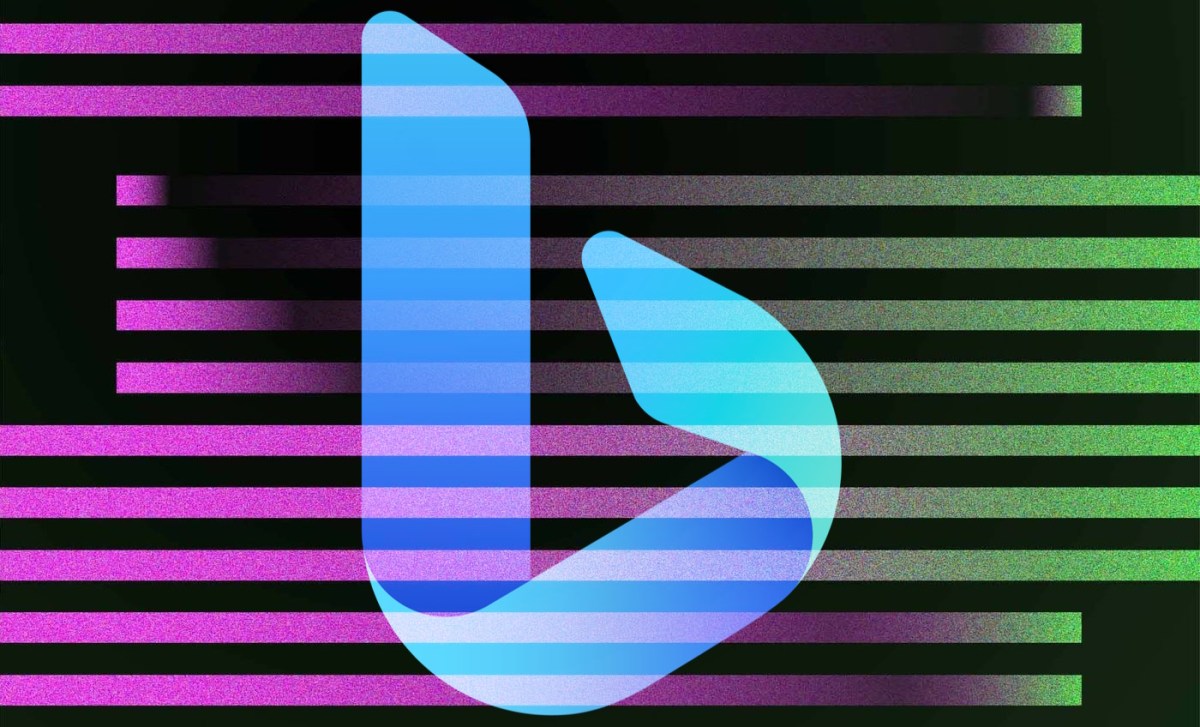- AI Brew: Stirring Up AI for Everyone
- Posts
- AI Brew: Google and OpenAI may lose the AI War
AI Brew: Google and OpenAI may lose the AI War
Plus Obama sings Love Yourself by Justin Bieber, Microsoft continues the AI bing(e) and more

📌 This week's AI Brew summary:
AI Spotlight 🚀: Google and OpenAI may lose the AI War
Real-Life AI Stories 🤖: Microsoft continues to amp up AI for all + Amazon flooded with AI generated books
AI Jargon Buster 🤷♂️: How text-to-image models work?
Cool Corner 😎: Obama’s cover of "Love Yourself" by Justin Bieber
AI Spotlight 🚀: Google & OpenAI may lose the AI War
Google Researcher Leaks: Open-Source AI Might Surpass Google & OpenAI 🤯 - A Google employee’s (Luke Sernau) internal memo has been leaked on a public Discord server. The document suggests that despite Google and OpenAI investing heavily in generative AI, they might not have a significant advantage over open-source models. 🚀
Here are the key takeaways:
Open-source models are rapidly improving and could soon surpass giants like Google and OpenAI 🌐
The community is running LLMs on phones, fine-tuning personal AIs on laptops, and achieving state-of-the-art results at lower prices and faster speeds 📱💻
In just two months since Meta's open-source model LLaMA was leaked, developers have built models that run on phones in seconds, a lightweight version of LLaMA, and a ChatGPT-quality model for just $100 💥
Why it matters: If true, it's great news for consumers and the AI ecosystem, offering more choices and reducing the stranglehold of big tech companies. But it could spell trouble for Google, OpenAI, and other businesses that keep research to themselves. Sharing might be the key to success (and profits)! 🤝The open-source battle against big machines like OpenAI, Google, and Microsoft is heating up, and it looks like things are about to get interesting! 🔥

Real-Life AI Stories 🤖
Microsoft Amps Up Bing with AI-Infused Features 🚀 - Microsoft is elevating Bing with AI-powered features to transform user experience and search efficiency. Key enhancements include:
OpenAI's Codex Integration: Streamlines the coding process for developers by providing relevant code snippets based on natural language queries. 💻🤖
Bing Personalized Search: Delivers tailored search results based on users' search history and preferences for a more customized experience. 📊🎯
Bing Visual Search: Utilizes AI to recognize objects in images and offer relevant search results, improving image-based queries. 🖼️🔎
Amazon's marketplace is flooded with AI-generated books 📚, containing plagiarized content and fake author bylines, covering everything from recipes to product reviews to how-to books. These AI text generators are stealthily writing more and more of the internet's content. 😲 👀🤖

AI Jargon Buster 🤷♂️: Text-to-image models
You must have heard about Midjourney and DALL-E, but have you ever wondered how these AI models work? Text-to-image models, like Midjourney and DALL-E, use language understanding and creative techniques to produce images based on text descriptions. They learn from a massive amount of data, including images with matching descriptions, allowing them to find patterns and connections between words and visual elements. 🖼️✨
Imagine you're a coffee lover (like me ☕) and you want to generate an image with the following prompt: "generate an image of a 40-year-old man drinking coffee in the morning on his balcony." At a high level, a text-to-image generator will use these three key components to bring your idea to life:
Encoder: 📝 This part processes the text input ("a 40-year-old man drinking coffee in the morning on his balcony") and identifies important features. It converts the text into a more manageable format that the rest of the model can use. In our example, the encoder would analyze the text input and extract key features such as the age of the man, the action of drinking coffee, the morning setting, and the balcony location.
Generator: 🎨 The generator takes the output from the encoder and uses it to create an image. Often based on a type of AI called a Generative Adversarial Network (GAN), the generator is skilled at making images that align with the text input. In our example, the generator would use the information provided by the encoder to create images of a man matching the description, enjoying his morning coffee on a balcony.
Discriminator: 🔍 This part assesses the quality of the generated images by distinguishing between real images and those created by the model. It helps the generator improve its image-making skills over time. In our example, the discriminator would evaluate the generated images by comparing them to real images, providing feedback to the generator to improve the images iteratively.
If you're curious to learn more, this video from Vox is a fantastic high-level explainer behind the intuition of how modern text-to-image models work. 🎥 It's narrated clearly, and the animations help a ton. Worth watching regardless of your experience level! 💡So, the next time you come across a cool AI-generated image, you'll know the magic behind ✨🖼️

Cool Corner 😎
AI music is getting popular 🎶 and there's this new site called AIHits 🎧
Found this interesting Obama cover of "Love Yourself" by Justin Bieber. Enjoy 😊✌️
📧 Got a question or an AI topic you'd like us to cover? Email me at [email protected]
Hope you liked your cup of AI Brew - Share AI Brew with friends and family who might enjoy a weekly dose of AI caffeine! 🥳




Reply